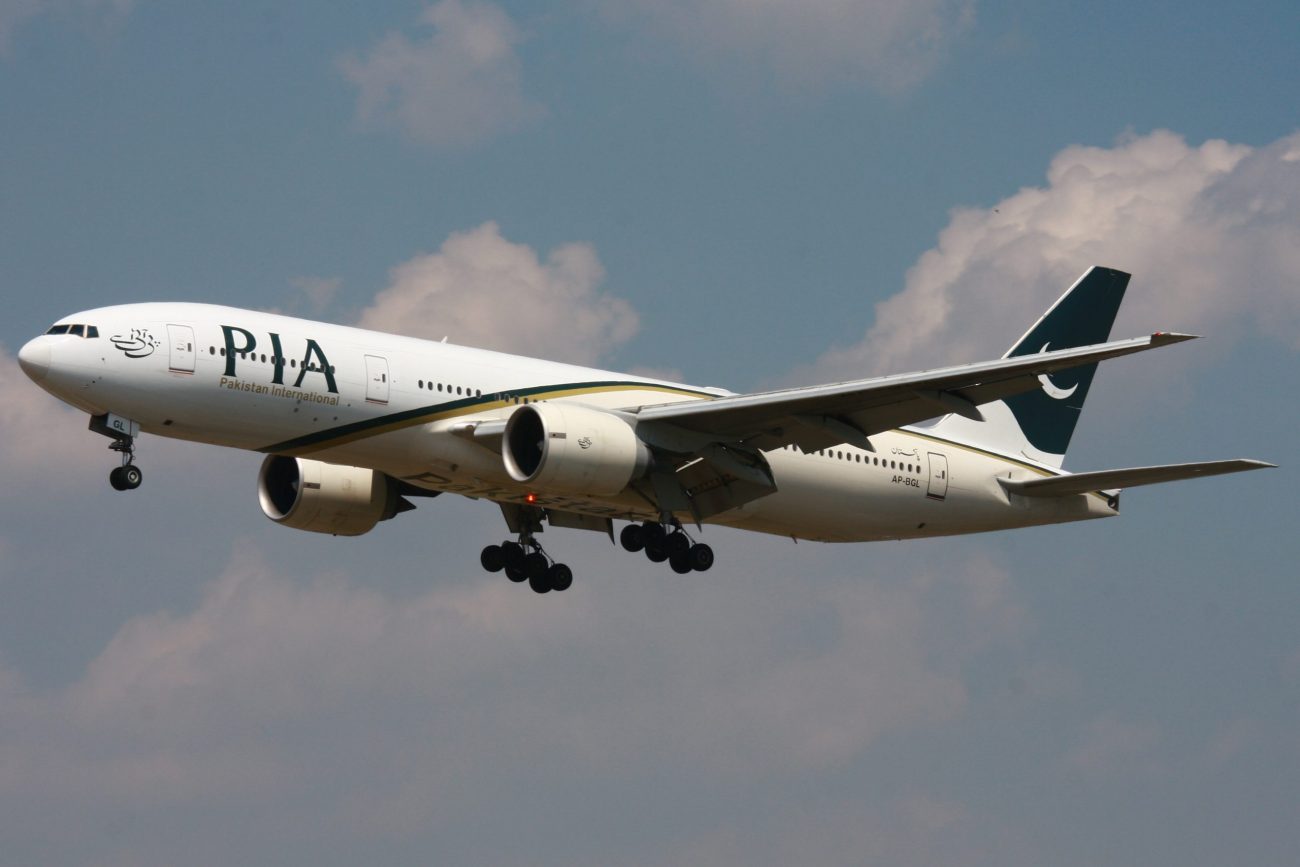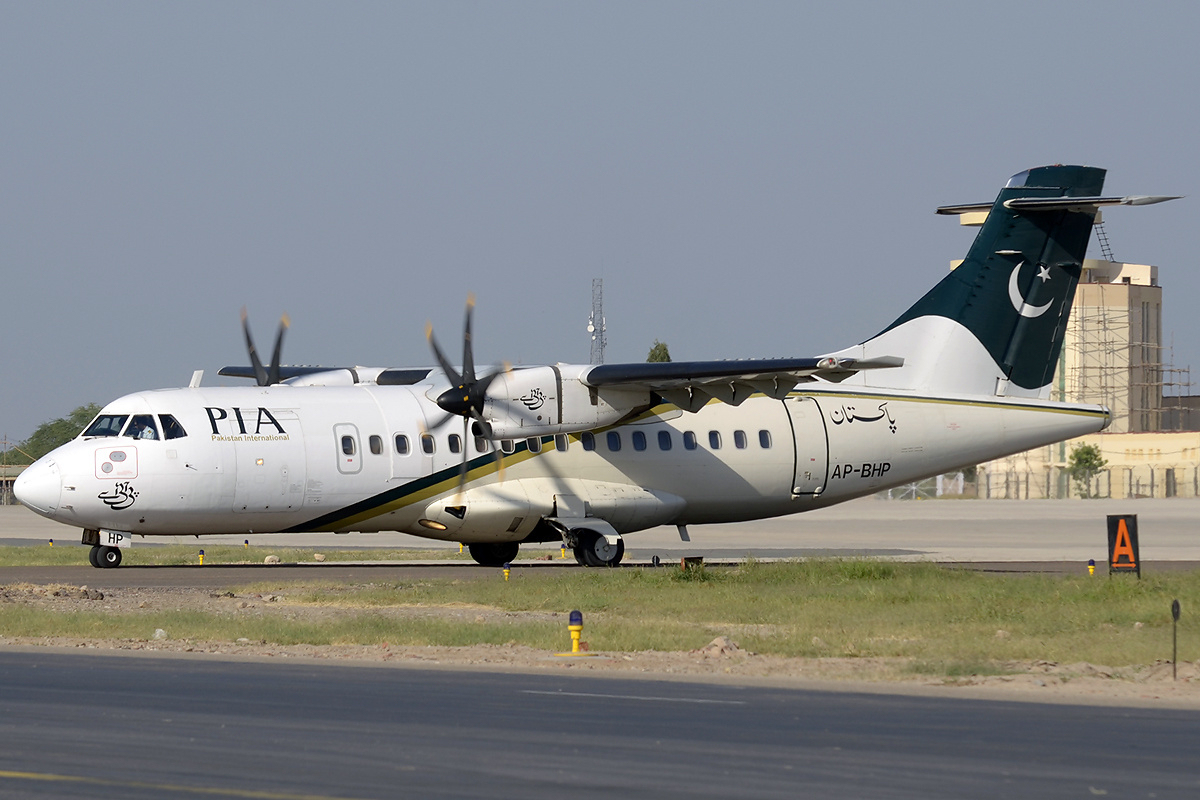A week after a major aviation tragedy involving two Pakistani carrier aircraft was closely averted over the Iranian airspace, Tehran has urgently sought a report from concerned officials to conclude the investigation.
6th-Gen Fighter Jet: American NGAD, British Tempest Programs Could Collaborate — Top USAF Official
Iran is investigating the incident where two passenger planes from Pakistan came dangerously close to colliding over its territory on July 24. Following the incident, Pakistan International Airlines (PIA) claimed that two aircraft came within 1,000 feet of one another while overflying Iran at a high altitude.
According to Pakistan International Airlines, Iranian air traffic controllers had permitted PIA aircraft PK-268, heading for Peshawar, to descend from 36,000 feet to 20,000 feet, which almost caused a close collision with PIA flight PK-211 bound for Dubai, operating at 35,000 feet.
In the aftermath of the incident, the Islamic Republic of Iran’s Civil Aviation Organization announced an inquiry. However, according to Iran’s version of events, the two aircraft came so close due to an unauthorized decision by the pilot of one of the aircraft to descend to a dangerous altitude.

Against this backdrop and amid significant back and forth between the two countries authorities, Iran’s Federal Aviation Minister Khawaja Saad Rafique has asked for a report within a day about the incident.
In addition, Mohammad Mohammadi Bakhsh, the head of Iran’s Civil Aviation Organization (CAO), criticized the statements made last week by a PIA spokesperson as “unprofessional.” The PIA representative attributed the close call to human error by Iranian air traffic controllers instead of the two aircraft pilots.
PIA spokesman Abdullah Hafeez Khan had told AFP that the two pilots could adjust their path and avoid a collision when the planes reached within a few feet. In the week following the incident, both sides indulged in a war of words, trading barbs against one another.
Two Pakistan International Airlines (PIA) aircrafts narrowly escape a fatal midair collision in Iran's airspace since Iranian Air Traffic Control (ATC) put them on same route & altitude.
It was aircrafts internal system which warned the pilots & avoided the crash.
— Pakistan Strategic Forum (@ForumStrategic) July 27, 2022
The CAO Chief maintained that the pilot of the Peshawar-bound flight had misunderstood Iranian air traffic control signals and decided to descend to an altitude that would have resulted in a collision with a Dubai-bound PIA flight.
“We have a transcript of the pilot’s discussion with the nation’s airspace control center,” the CAO’s top boss was quoted as saying by the official Iranian news agency.
The incident comes even as the relationship between neighbors Tehran and Islamabad has recently become rocky. Both sides have long been accusing each other of harboring terrorists that carry out cross-border attacks.
The matter came to a head in June 2022 when Iran deported Pakistani refugees in response to the latter’s claim that Iran was training a Sindh-based militia group.
The Controversial Track Record Of PIA
While this is a grave incident, it is not the first time that the Pakistani airline has become a center of controversy. Even though it remains one of the most widely recognized airliners in the region, its track record has been somewhat problematic.
Before the 1970s, PIA was regarded as a premier regional carrier. However, due to relentless poor management, frequent cancellations, and dire financial circumstances, its reputation has registered a downfall over the years.
In 2016, a PIA flight from Abottabad to Islamabad crashed and caught fire when one of its two turboprop engines failed, leaving more than 40 people dead.
Later, an investigation into the fatal crash concluded that the ATR 42-500 aircraft needed maintenance and that the pilot was not responsible for the accident. The crash occurred due to a technical fault.

While this was a massive blot on the carrier’s reputation, worse was yet to come. In 2020, a PIA jet landing at Karachi’s Jinnah International Airport crashed, killing all but two of the 99 people on board and raising questions about the airline’s safety practices.
The 2020 crash was blamed on human error by the pilot and Air Traffic Control in an initial report on the disaster. Aviation Minister Ghulam Sarwar Khan said in Parliament that they failed to follow the protocol and that the pilots were distracted while talking about the coronavirus.
Following this, Pakistan grounded pilots with dubious credentials.
The incident later evoked a hostile response from aviation watchdogs around the world. The Federal Aviation Administration’s concerns about Pakistani pilot certificates led the US Department of Transportation to revoke Pakistan International Airlines’ (PIA) permit to operate charter flights to the US. Several others, including Europe, joined the bandwagon and imposed a ban on the airliner.
When the PIA is struggling to get several bans on it removed, the incident over Iran could come as another setback to the carrier.
- Contact the author at sakshi.tiwari9555@gmail.com
- Follow EurAsian Times on Google News




